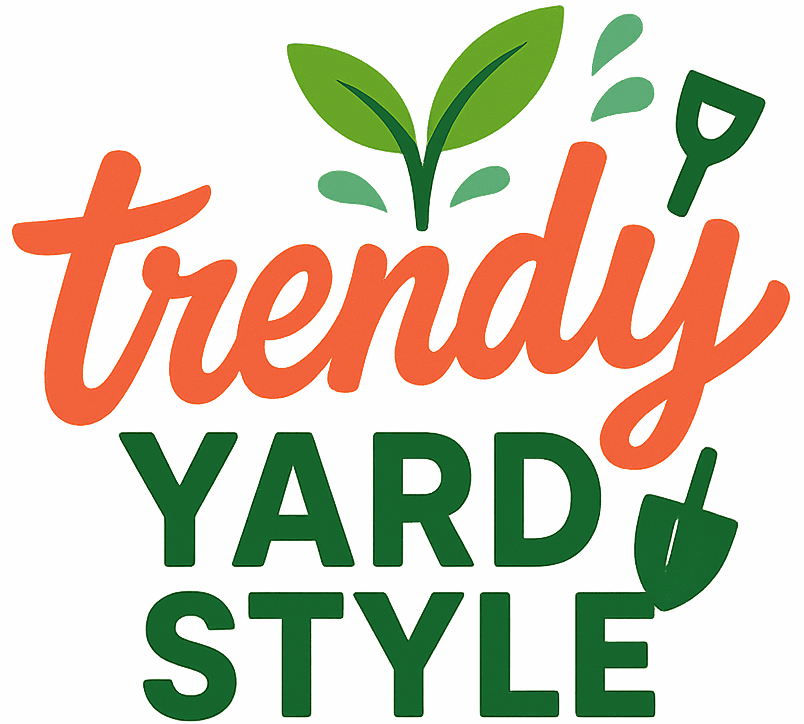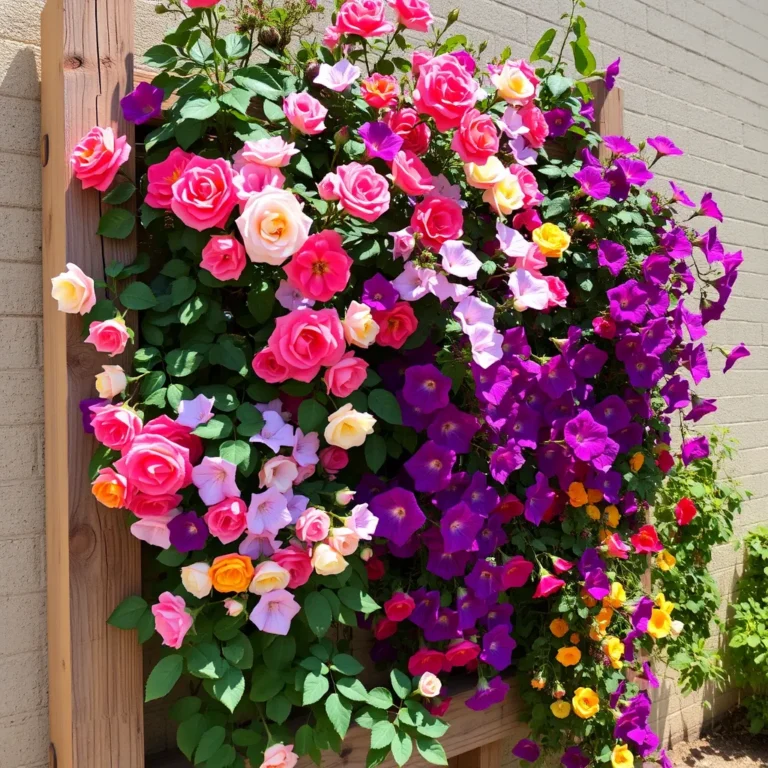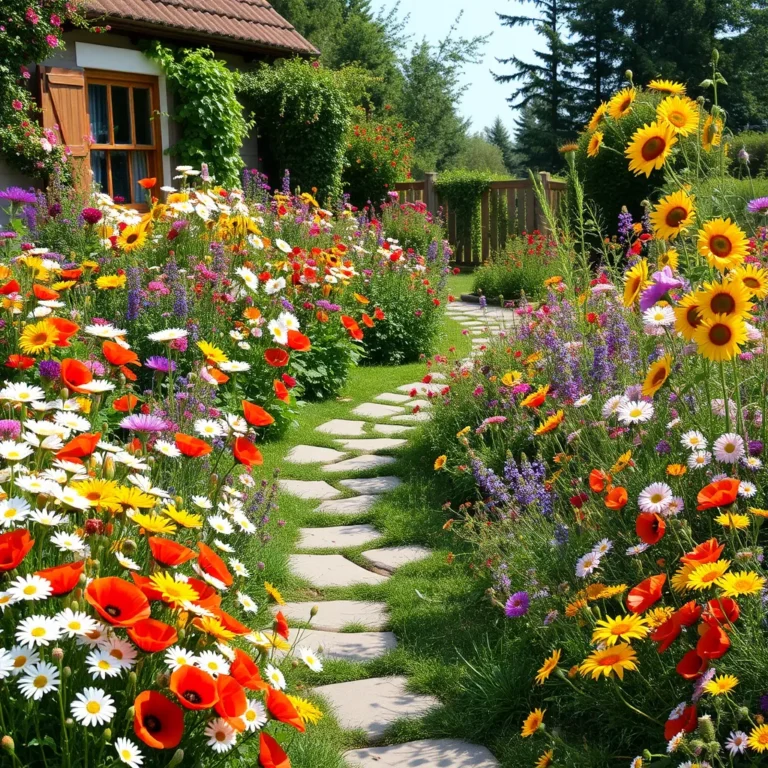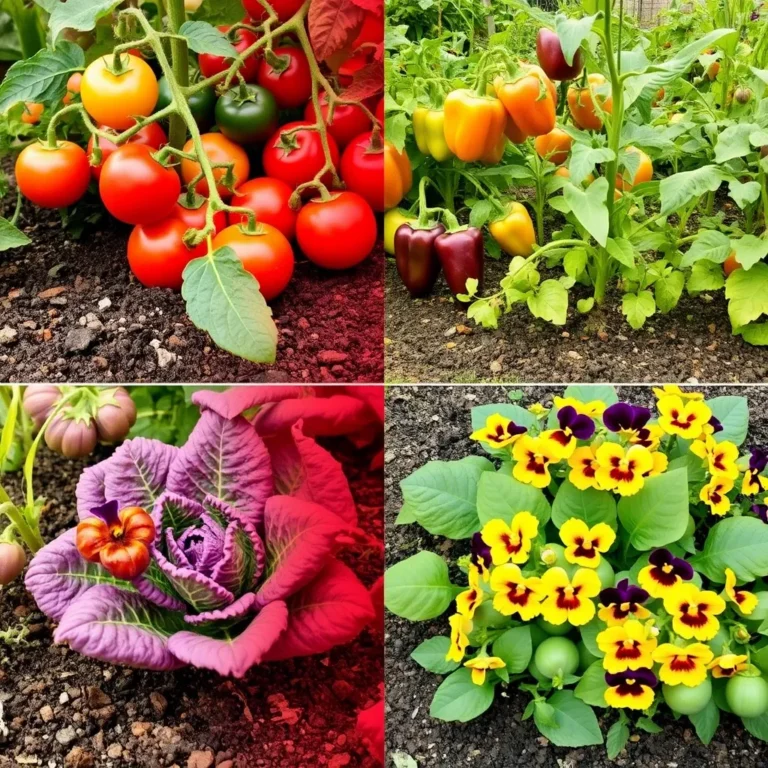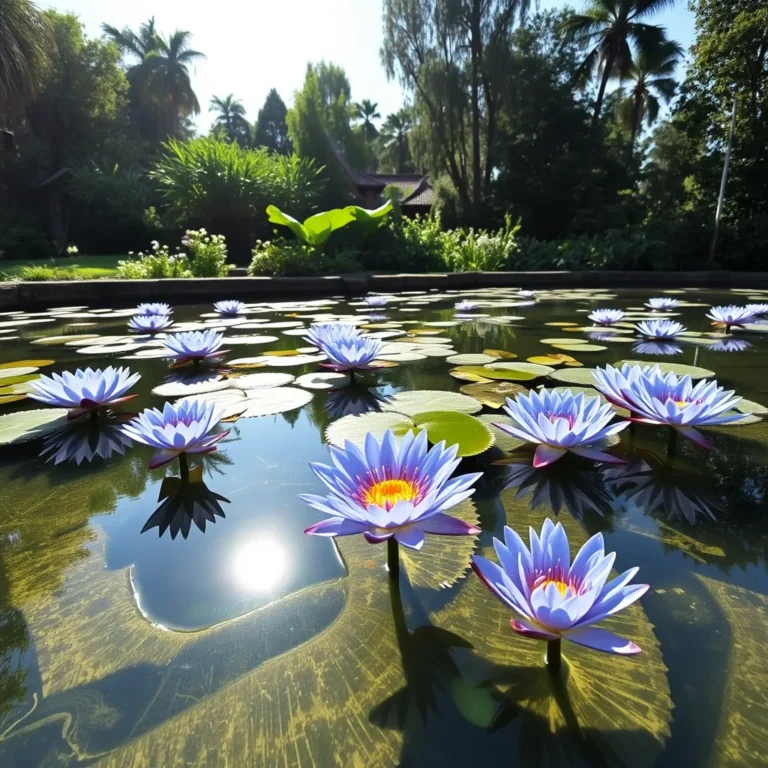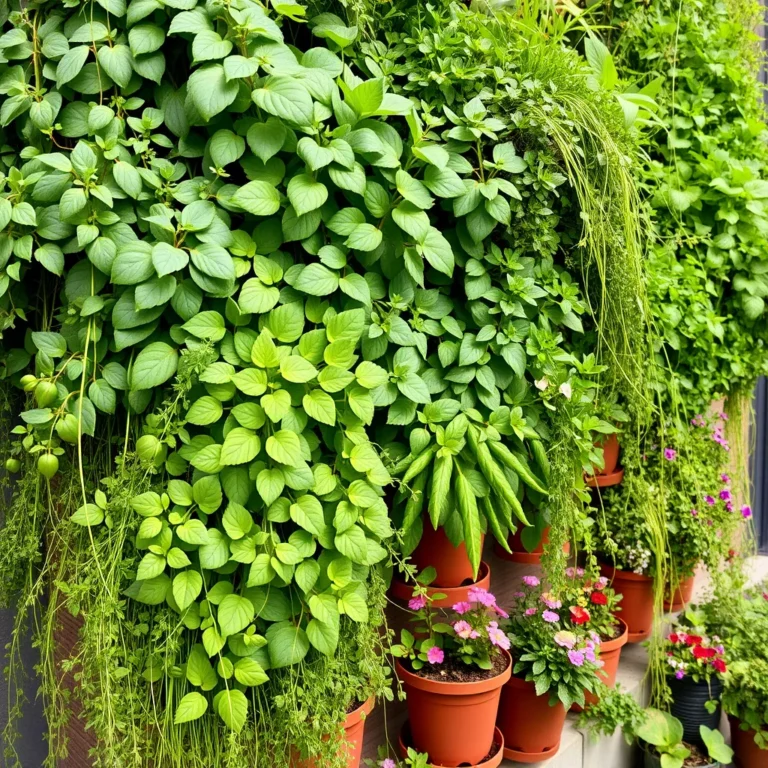10 Genius Ideas for Small Flower Garden Beds Now
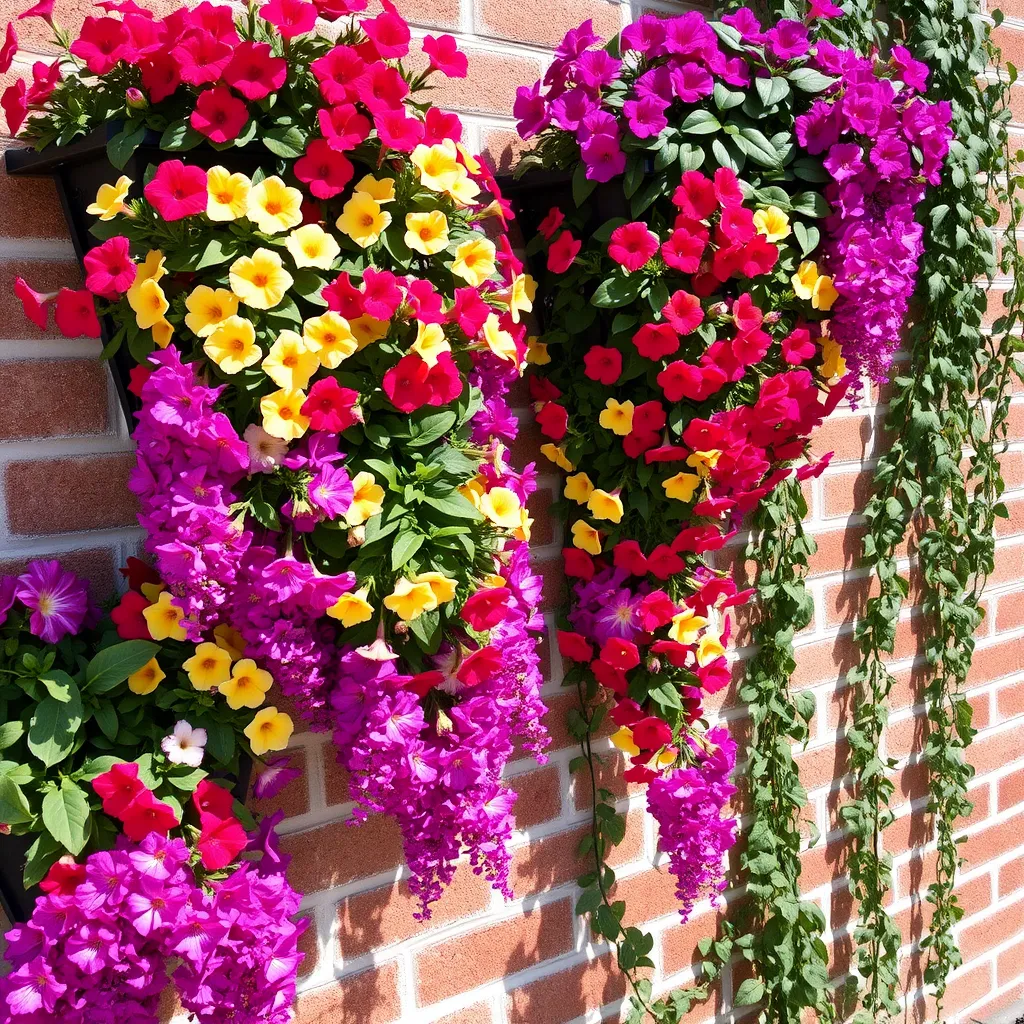
Are you ready to transform your small flower garden bed into a stunning oasis? In this post, I’ll share 10 genius ideas that will help you maximize every inch of your space. From vertical gardening to clever container choices, I’ll guide you through simple techniques to boost your garden’s beauty and efficiency. Let’s dig in and make your garden dreams a reality!
Vertical Gardening Techniques: Utilizing Wall Spaces in Small Flower Beds

Vertical gardening is a smart way to use wall space. You can add beauty and save ground area. I love using hooks and shelves to hold plants. This makes flowers visible and draws the eye up. You can use wall-mounted planters or pocket gardens. They help create a stunning display.
To start, choose a sunny wall. Make sure it gets enough light. Then, select your flowers. I suggest hardy blooms like petunias or nasturtiums. These flowers thrive in vertical spaces. You can also mix in trailing plants for a lovely effect. They soften the look and add layers.
Keep in mind, watering can be tricky. Use a drip system for ease. This keeps your flowers healthy and saves time. Vertical gardening not only saves space but also adds charm to small areas.
Container Gardening: Best Pots and Planters for Limited Areas

Container gardening is great for small areas. You can use pots, boxes, or even old crates. I recommend using different sizes to add interest. Choose lightweight materials for easy movement.
When selecting containers, think about drainage. Make sure they have holes at the bottom. This keeps roots from rotting. Also, consider the style of your pots. Colorful or patterned pots can make a strong statement.
Use potting soil for the best results. It holds moisture and gives plants nutrients. Mix in slow-release fertilizer for extra care. Remember to water your containers regularly. They dry out faster than garden beds.
Layered Planting: Creating Depth with Tall, Medium, and Short Flowers

Layered planting adds depth to your flower beds. This method creates a stunning visual effect. You start with tall plants at the back. Medium flowers go in the middle, and short flowers in front.
I like using sunflowers or hollyhocks for the back row. They stand tall and draw the eye. In the middle, add daisies or coneflowers. These blooms provide a nice balance. Finally, use marigolds or pansies in the front. They add color and charm.
This technique allows each flower to shine. It also helps with sunlight exposure. Taller plants will not block light from shorter ones. Always consider the growing habits of your flowers. This will ensure a healthy and beautiful display.
Color Coordination: Choosing Complementary Flower Colors for a Vibrant Look

Choosing colors for your flower bed is key. You want flowers that look good together. Start by picking a main color. Then, find colors that match or contrast well. For example, yellow and purple make a strong duo. They stand out and catch the eye.
You can also use a color wheel. It helps show which colors blend nicely. Try to use three colors for a balanced look. Too many colors can feel messy. Stick to soft pastels for a calm vibe. Bright colors give energy and fun.
Plant flowers with different bloom times. This way, your bed stays bright all season. Mix early bloomers like daffodils with summer flowers like zinnias. This keeps your garden lively.
Seasonal Planting: Maximizing Bloom Times Throughout the Year

Seasonal planting is smart for any garden. You want flowers that bloom at different times. Start with spring bloomers like tulips or hyacinths. They wake up the garden after winter.
Next, move to summer flowers like sunflowers. They add height and color when spring flowers fade. In fall, plant asters or chrysanthemums. These keep your garden bright as summer ends.
Plan your garden for year-round color. You can create a chart to track what blooms when. This helps you see gaps and fill them.
Herb and Flower Combinations: Incorporating Edibles in Your Flower Bed

Mixing herbs with flowers is a great idea. Herbs add beauty and smell to your garden. Plus, you can use herbs in your kitchen. Think about planting basil alongside bright marigolds.
Thyme and lavender also look nice together. They bring charm and attract bees, too. This helps your flowers grow better.
When planting, remember to space herbs well. They need room to spread. This keeps your garden tidy and helps all plants thrive. You get a lovely garden and fresh herbs for cooking!
Raised Flower Beds: Benefits and How to Build Your Own

Raised flower beds are a smart choice for small gardens. They can improve drainage, keep pests away, and make gardening easier on your back. You can use wood, bricks, or stones to build them. Start by choosing a sunny spot in your yard. Clear the area of weeds and grass. Then, decide on the size. A bed that is 4 feet wide is easy to reach from both sides.
To build your raised bed, follow these steps:
1. Gather materials: You will need wood planks or stones, nails, and a hammer.
2. Build the frame: Cut your wood to the right length. Attach the sides to make a box shape.
3. Fill with soil: Use good quality soil. Mix in compost for better nutrients.
4. Plant your flowers: Choose flowers that grow well together.
Raised beds can help you grow flowers that bloom all season. They keep soil warmer in spring and let you garden at the right height.
Vertical Trellises: Maximizing Vertical Space for Climbing Plants

Vertical trellises are great for small spaces. They let plants grow up instead of out. This saves room and adds beauty to your garden. You can use lattice, wire, or wood for your trellis.
To use a trellis, follow these steps:
1. Pick a spot: Find a sunny area where your plants can climb.
2. Choose your trellis: Buy or make a trellis that fits your space.
3. Plant climbing flowers: Good choices are sweet peas and morning glories.
4. Train the plants: Gently guide the plants onto the trellis as they grow.
Vertical gardening helps you enjoy beautiful blooms while saving space. Plus, it creates a stunning focal point in your garden.
Utilizing Ground Cover: Filling Spaces with Low-Growing Plants

Ground cover plants are perfect for smaller flower beds. They fill in empty spots and help prevent weeds. These plants grow low to the ground and spread quickly.
Here are some great ground cover options:
– Creeping thyme: This plant smells good and attracts bees.
– Sedum: This succulent is easy to care for and comes in many colors.
– Ajuga: This plant has beautiful blue flowers and grows well in shade.
To use ground cover, simply plant them in open areas. They will spread and cover the soil. This not only adds beauty but also helps keep your garden healthy. Ground cover plants give you more blooms and less work.
Bordering with Edging Plants: Creating Defined Bed Spaces

Using edging plants helps define your flower beds. They create a clear line between your plants and the lawn. Choose low-growing plants like lavender or thyme. These plants stay neat and add beauty. You can also use small rocks or bricks as borders. This method keeps weeds out and makes mowing easier. Plus, it adds texture and color to your garden.
Incorporating Mulch and Stones: Aesthetic and Practical Uses in Flower Beds

Mulch and stones serve two main purposes. First, they look good. Second, they help your flowers grow. Mulch keeps the soil moist and blocks weeds. It can be made from wood chips or bark. Stones, on the other hand, add a clean look. They also help with drainage. Use a mix of both for the best results. This combination keeps your flower bed healthy and attractive.
DIY Garden Decor: Enhancing Small Spaces with Creative Art Pieces

DIY garden decor can make your small flower bed unique. Use old pots or wooden pallets for art. Paint them bright colors to stand out. You can also add garden stakes with fun shapes. Wind chimes or bird feeders give a lively touch. These items attract wildlife and add charm. Personal art pieces show your style and make your garden special.
Conclusion
In this blog post, we explored effective techniques for small flower beds. We discussed vertical gardening, container choices, and layered planting. These methods help you use limited space smartly. Color coordination adds beauty, while seasonal planting extends bloom time. Combining herbs with flowers makes your garden tasty. Raised beds and vertical trellises increase planting areas. Ground cover and edging plants define your space, while mulch adds style. Finally, DIY decor lets you express creativity. Use these tips to transform your small garden into a vibrant paradise. Your limited space can shine!
